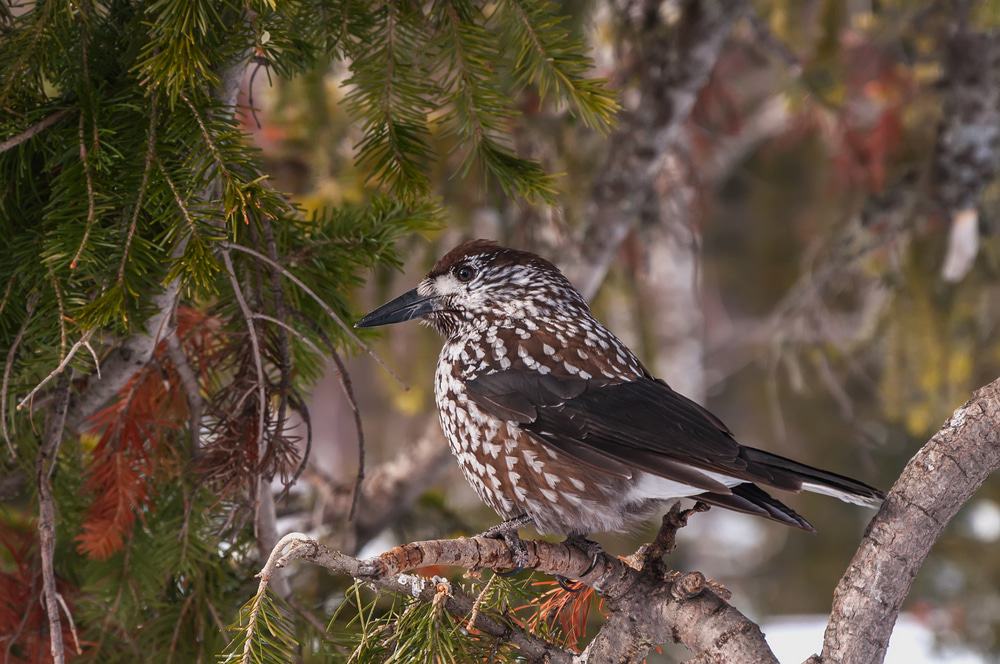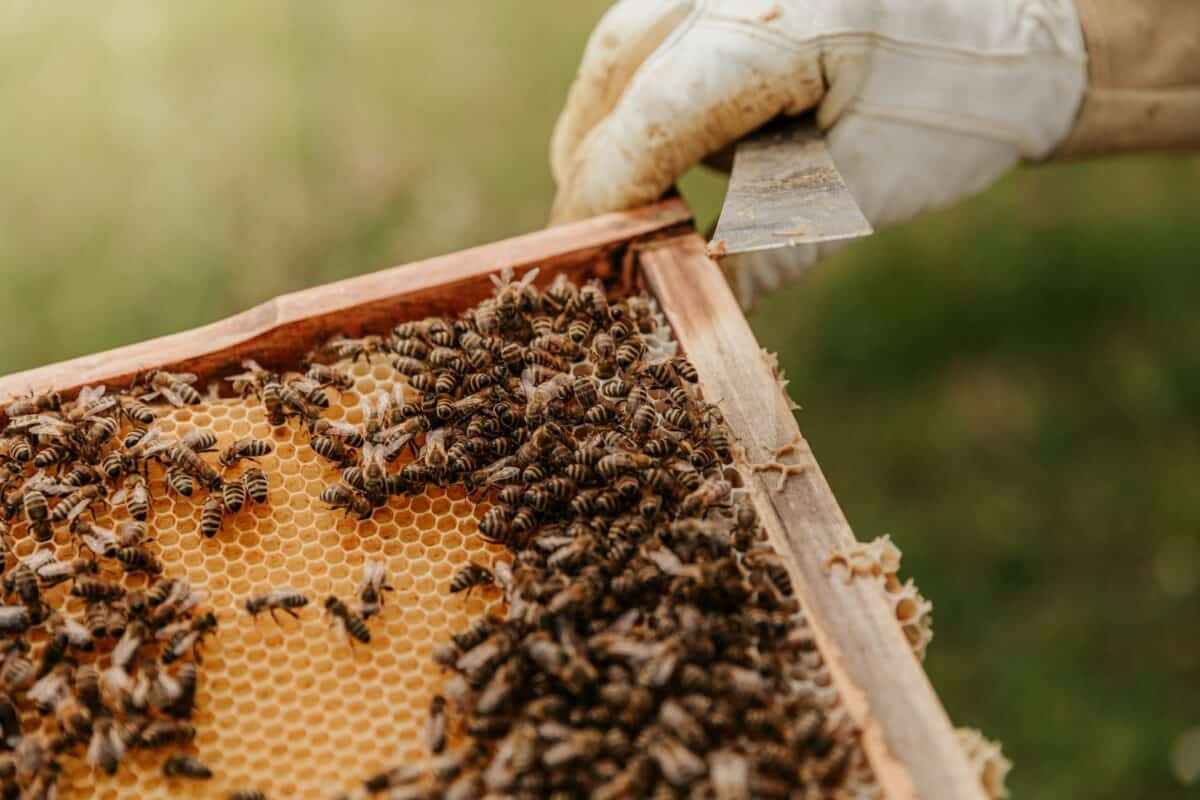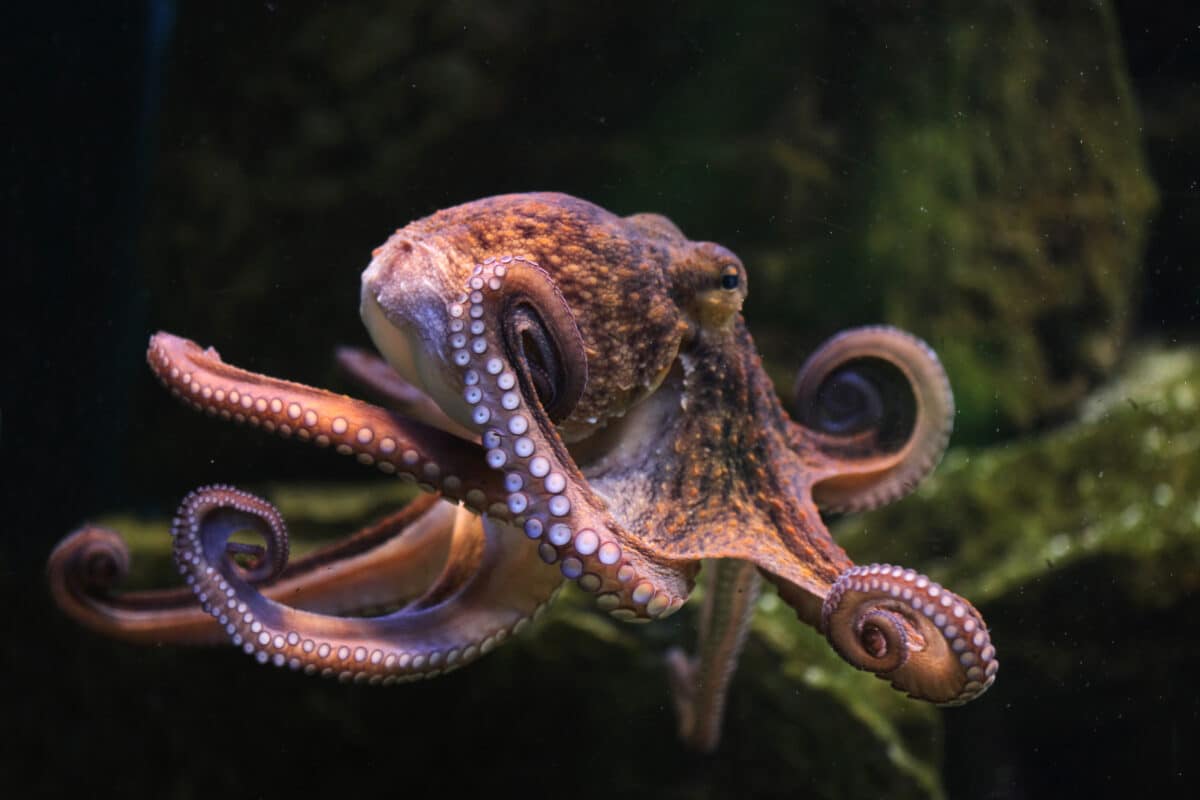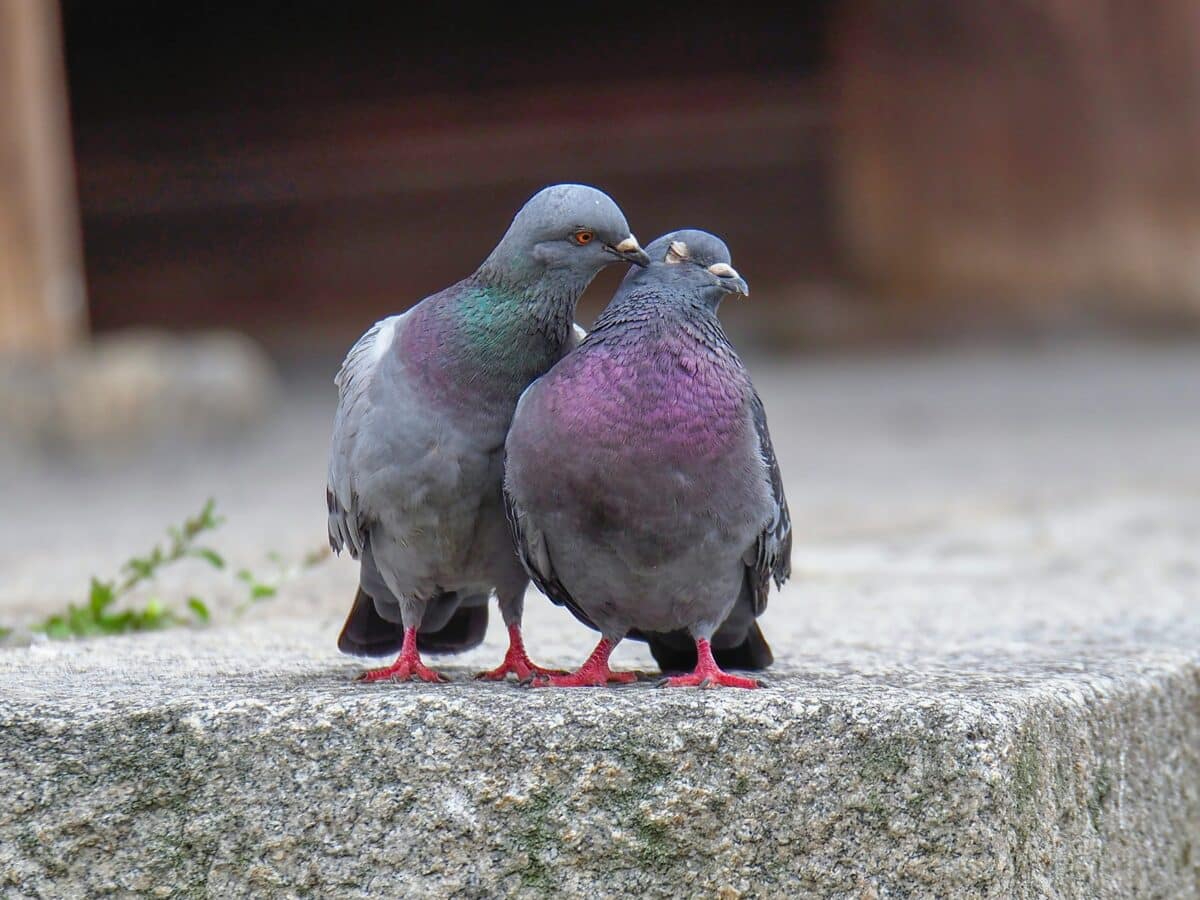The animal kingdom is full of fascinating cognitive abilities that often go unnoticed. While humans pride themselves on superior intelligence, many species possess remarkable memory capabilities that rival or even exceed our own in specific domains. From elephants who never forget to birds that can remember thousands of food cache locations, animal memory is a stunning example of nature’s cognitive engineering. The following facts showcase just how extraordinary animal memory can be, challenging our perception of animal intelligence and revealing the complex inner workings of minds very different from our own.
Elephants Remember Decades-Old Relationships

Elephants truly never forget. These magnificent creatures possess an astonishing long-term memory that allows them to recognize and remember other elephants they haven’t seen for up to 50 years. Their remarkable memory also extends to remembering migration routes spanning hundreds of miles, crucial water hole locations during droughts, and even identifying human friends and enemies. This exceptional memory is largely attributed to their highly developed hippocampus, the brain region associated with memory processing. Scientists believe this evolved as a survival mechanism, allowing elder matriarchs to guide their herds to resources during environmental hardships by recalling locations from previous droughts or migrations, demonstrating how memory directly enhances species survival.
Clark’s Nutcrackers Can Remember 10,000 Seed Locations

The Clark’s nutcracker, a medium-sized bird in the corvid family, demonstrates one of the most impressive spatial memories in the animal kingdom. These remarkable birds can hide up to 33,000 pine seeds in a single autumn, distributing them across hundreds of square miles in the harsh mountainous terrain where they live. Even more impressively, they can remember the locations of up to 10,000 of these caches months later, retrieving them throughout winter when food is scarce. This exceptional feat is accomplished with a hippocampus that’s proportionally larger than those found in other birds. Research suggests they use multiple landmark-based navigation strategies, creating mental triangulation points to find their hidden treasures with remarkable precision, even when snow has completely transformed the landscape.
Chimpanzees Have Photographic Memory

Chimpanzees possess a form of eidetic or photographic memory that outperforms humans in certain contexts. In groundbreaking research conducted by Kyoto University, chimps demonstrated the ability to memorize the exact positions of numbers flashed briefly on a screen and recall them in sequential order—a task at which they consistently outperformed human participants. What makes this even more remarkable is that young chimps performed better than adults, suggesting this might be an innate ability that diminishes as they age. Scientists theorize this exceptional short-term visual memory may have evolved as an adaptation for rapid tree navigation in dense forests, where quick visual processing of complex environments provides a survival advantage. This research challenges our understanding of the cognitive gaps between humans and our closest primate relatives.
Sea Lions Demonstrate Exceptional Long-Term Memory

Sea lions possess remarkable long-term memory capabilities that have astonished researchers. In a groundbreaking study at the University of California, a sea lion named Rio demonstrated the ability to remember specific shapes and symbols she had learned over 10 years earlier—without any practice in the intervening decade. This memory feat rivals or even exceeds what humans typically achieve. Additionally, sea lions can remember specific feeding locations and migration routes for many years, and they can recognize other sea lions they’ve previously encountered after extended periods of separation. These cognitive abilities suggest that sea lions’ memory systems evolved to support their complex social structures and navigation needs in vast oceanic environments, where remembering productive feeding grounds and friendly colonies provides significant survival advantages.
Bees Use Cognitive Maps Despite Tiny Brains

Despite having brains smaller than a grain of rice—containing only about 960,000 neurons compared to humans’ 86 billion—honeybees demonstrate remarkable spatial memory and navigation abilities. They create sophisticated mental maps of their environment, remembering the locations of up to 100 different flower patches across areas spanning 8 miles from their hive. What’s even more impressive is their ability to calculate the shortest possible route between these locations, essentially solving a complex version of the “traveling salesman problem” that challenges even advanced computers. Bees accomplish this through a combination of landmark recognition, path integration, and celestial navigation using polarized light patterns. They can also communicate these memorized locations to hivemates through their famous “waggle dance,” transferring spatial memories between individuals—a rare example of symbolic language in non-human animals.
Crows Remember Human Faces for Years

Crows possess an extraordinary ability to recognize and remember human faces, particularly those associated with negative experiences. Research from the University of Washington demonstrated that American crows could identify people who had previously captured or threatened them, even when those individuals wore different clothing, changed their hairstyles, or were seen in completely new contexts. This facial recognition persisted for at least five years without reinforcement. Even more remarkably, crows communicate this information to their offspring and other crows, creating a cultural memory of “dangerous humans” that can spread through crow populations and persist across generations. This sophisticated memory system involves specialized brain regions similar to the human facial recognition system, despite the significant evolutionary distance between birds and mammals, representing a fascinating case of convergent evolution in cognitive mechanisms.
Dolphins Can Remember Each Other After 20 Years

Dolphins demonstrate exceptional social memory that might be the most impressive in the animal kingdom. These marine mammals can recognize the unique signature whistles of other dolphins they haven’t encountered for more than 20 years. In a landmark study, dolphins showed clear recognition responses when hearing recordings of former tank mates they hadn’t seen in decades, suggesting they maintain a form of “social directory” throughout their lifetime. This remarkable memory appears to support their complex fission-fusion social structure, where groups frequently merge and separate in the open ocean. Dolphins also demonstrate exceptional memory for human-taught commands, retaining them for years without practice, and can remember specific humans who have interacted with them, even distinguishing between people who have treated them well versus poorly. Their memory capabilities correlate with their highly developed brain structure, particularly their expanded neocortex, which is proportionally similar to humans’.
Octopuses Have Distributed Memory Systems

Octopuses possess one of the most unique memory systems in the animal kingdom due to their distributed neural architecture. Unlike vertebrates, whose memory is primarily centralized in the brain, octopuses have approximately 60% of their neurons located in their arms, creating a partially decentralized memory and processing system. This allows each arm to independently remember and learn from its own interactions with the environment, essentially giving octopuses multiple semi-autonomous memory banks. In laboratory settings, octopuses have demonstrated impressive spatial memory, navigating complex mazes and remembering solutions for several months. They can also recognize individual humans, distinguishing between researchers who feed them and those who distress them, despite having evolved along a completely separate evolutionary path from vertebrates. This exceptional memory, combined with their tool use and problem-solving abilities, makes octopuses remarkable examples of convergent cognitive evolution.
Squirrels Track Thousands of Nut Hiding Spots

Grey squirrels demonstrate exceptional spatial memory that allows them to maintain mental maps of thousands of food cache locations. During peak season, a single squirrel may create up to 10,000 separate caches, often burying single nuts in disperse locations. Research from the University of California, Berkeley, found that squirrels organize these caches taxonomically, creating spatial clusters based on nut types—essentially implementing a sophisticated memory organization system called “chunking” that human memory experts use. Even more impressively, they prioritize retrieving certain nuts depending on their perishability and nutritional value, showing memory that integrates quality assessments with spatial information. They can maintain these detailed mental maps for months, with recall accuracy approaching 90% in some studies. Scientists believe this extraordinary memory evolved in response to food scarcity pressures, as squirrels that could remember more cache locations had significantly higher winter survival rates.
Migrating Birds Remember Global Navigation Routes

Migratory birds display one of nature’s most impressive feats of long-term memory, navigating journeys that span continents and oceans with remarkable precision. Arctic terns, which migrate from the Arctic to Antarctica and back annually, remember a 44,000-mile round-trip route—the longest migration of any animal. Even more impressively, birds like the bar-tailed godwit can fly over 7,000 miles non-stop across the Pacific Ocean without any landmarks to guide them, relying entirely on memorized routes and navigation systems. Young birds often learn these complex routes during their first migration by following experienced adults, encoding these pathways in memory for life. Their navigational memory integrates multiple sensory inputs, including geomagnetic field detection, celestial navigation using star patterns, landmark recognition, and even olfactory maps that detect subtle changes in oceanic or atmospheric scents. This multisensory memory system allows for redundancy, ensuring birds can navigate even when some cues are unavailable due to weather or changing conditions.
Rats Remember Complex Maze Paths Indefinitely

Rats possess extraordinary spatial memory capabilities that have consistently impressed researchers. These rodents can remember the correct path through complex mazes for their entire lifetimes after learning them just once. In laboratory studies, rats successfully navigated mazes they had learned two years earlier—equivalent to decades in human terms—without any errors, demonstrating virtually perfect retention. Their spatial memory is so precise that they can create detailed cognitive maps of environments spanning several square miles, remembering hundreds of specific locations within these territories. This exceptional memory extends to social domains as well; rats can remember dozens of individual conspecifics, their social status, and past interactions. Their memory capabilities stem from highly specialized neurons called “place cells” in their hippocampus that fire in specific spatial locations, essentially creating a neural GPS system. This sophisticated memory system evolved to support their natural behaviors as opportunistic foragers, allowing them to efficiently exploit food resources while avoiding previously encountered dangers.
Pigeons Remember Thousands of Images for Years

Pigeons demonstrate visual memory capabilities that rival or even exceed humans in certain contexts. In groundbreaking research, pigeons were able to remember and distinguish between 1,800 different images shown years earlier with accuracy rates exceeding 90%. In another study, they successfully categorized thousands of different human faces as either familiar or novel, demonstrating extraordinary visual discrimination abilities backed by robust long-term memory. Remarkably, pigeons can also remember abstract concepts like “same” and “different” when comparing objects, and they can recognize themselves in mirrors—a rare ability in the animal kingdom that indicates advanced cognitive processing. Their extraordinary visual memory correlates with specialized brain regions dedicated to visual processing that comprise a significant portion of their brain volume. This exceptional memory likely evolved to support their natural foraging behaviors, helping them remember fruitful feeding locations and recognize predators across large territories.
Dogs Remember Words Like Toddlers

Dogs demonstrate impressive word-learning capabilities that parallel those of human toddlers in several key aspects. Border collies like Chaser, who famously learned more than 1,000 unique toy names, show that dogs can form one-to-one associations between words and objects and retain these associations for years without practice. Even more impressively, research from Hungary’s Eötvös Loránd University demonstrated that some dogs can learn new words through “fast mapping”—inferring the meaning of a new word after just a single exposure—a skill previously thought unique to humans. Dogs also demonstrate episodic-like memory, recalling specific events, people, and commands from their past experiences. Their word memory appears to be primarily consolidated during sleep, similar to the process in humans. This remarkable memory capability isn’t just limited to specially trained dogs; the average family pet can learn and remember approximately 165 unique words and gestures, with some breeds showing particular aptitude for language learning.
Scrub Jays Plan for the Future with Episodic Memory

Western scrub jays display one of the most sophisticated memory systems in the animal kingdom, possessing a form of episodic memory—the ability to recall specific past experiences—once thought unique to humans. These remarkable birds remember not only where they cached food items but also what specific foods they stored and when they stored them. This “what-where-when” memory allows them to retrieve perishable foods before they spoil while leaving more durable items for later consumption. Even more impressively, they can plan for future needs independent of their current motivational state. In studies where the birds anticipated being in a specific location without food the next morning, they cached extra food in that location the previous evening, demonstrating remarkable foresight based on memorized experiences. They also display sophisticated social memory, remembering which specific individuals watched them cache food and taking protective measures only against those observers. This complex memory system evolved to support their food-storing lifestyle and to navigate the complex social dynamics of their communities.
Conclusion: What Animal Memory Teaches Us About Cognition

The remarkable memory capabilities of animals across the evolutionary spectrum challenge our traditional understanding of cognitive hierarchies in nature and highlight the diversity of memory adaptations that have evolved to solve specific ecological challenges. From the decentralized memory of octopuses to the mental maps of nutcrackers, these diverse memory systems demonstrate that intelligence has many forms, often specialized for particular evolutionary niches rather than following a simple linear progression. This research has profound implications for our understanding of human memory as well, suggesting that many of our cognitive abilities may have deeper evolutionary roots than previously recognized, with building blocks shared across species. As we continue to explore animal cognition, we’re increasingly discovering that the gap between human and animal minds may be narrower and more nuanced than we once believed, prompting us to reconsider our place in the cognitive landscape of life on Earth. These findings not only enrich our scientific understanding but also raise important ethical considerations about how we treat animals whose inner mental lives may be richer and more complex than we have historically acknowledged.
- 10 Animals That Mate for Life - August 18, 2025
- 12 Ocean Creatures Bigger Than Boats - August 18, 2025
- 10 States in the US With the Most Unique and Unusual Wildlife - August 18, 2025

